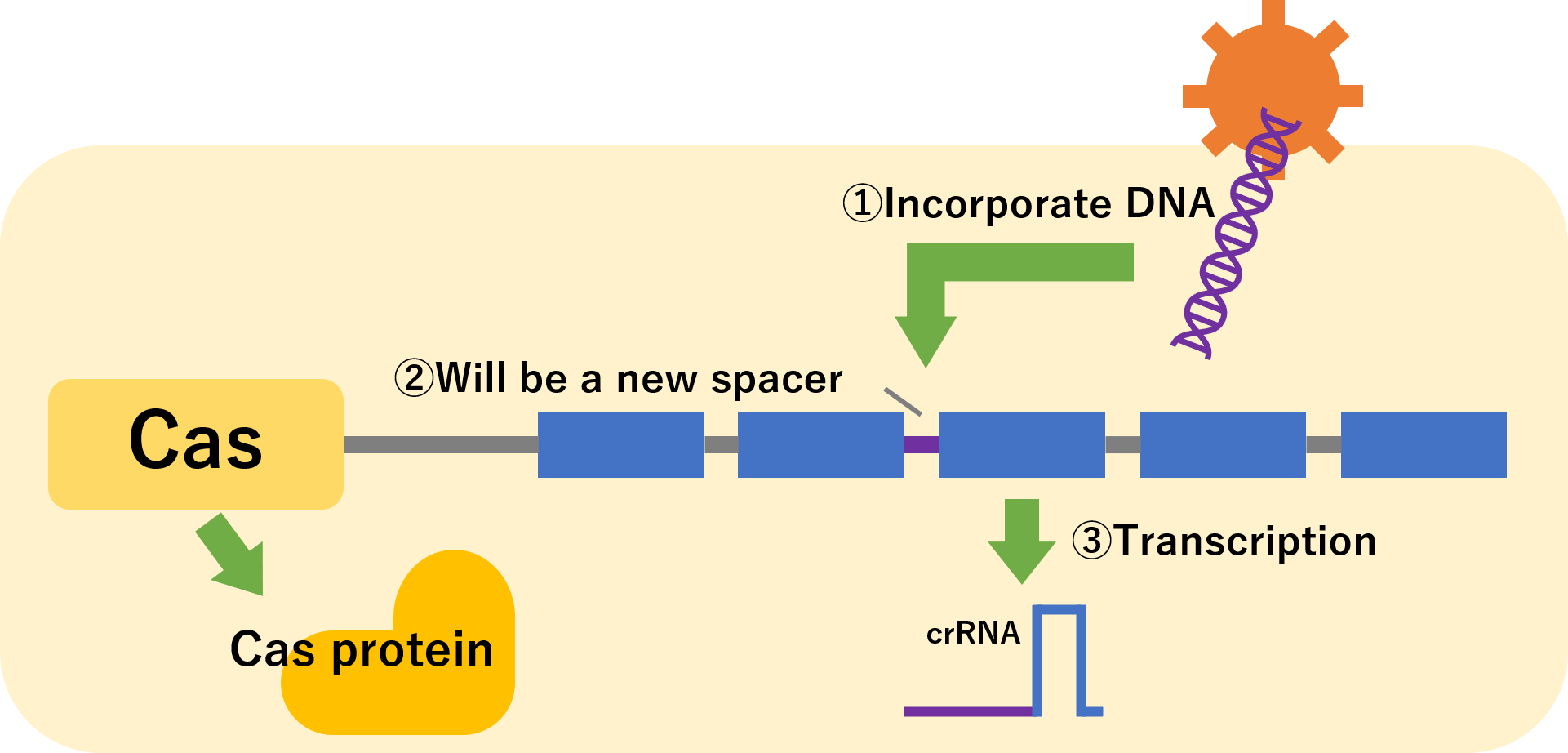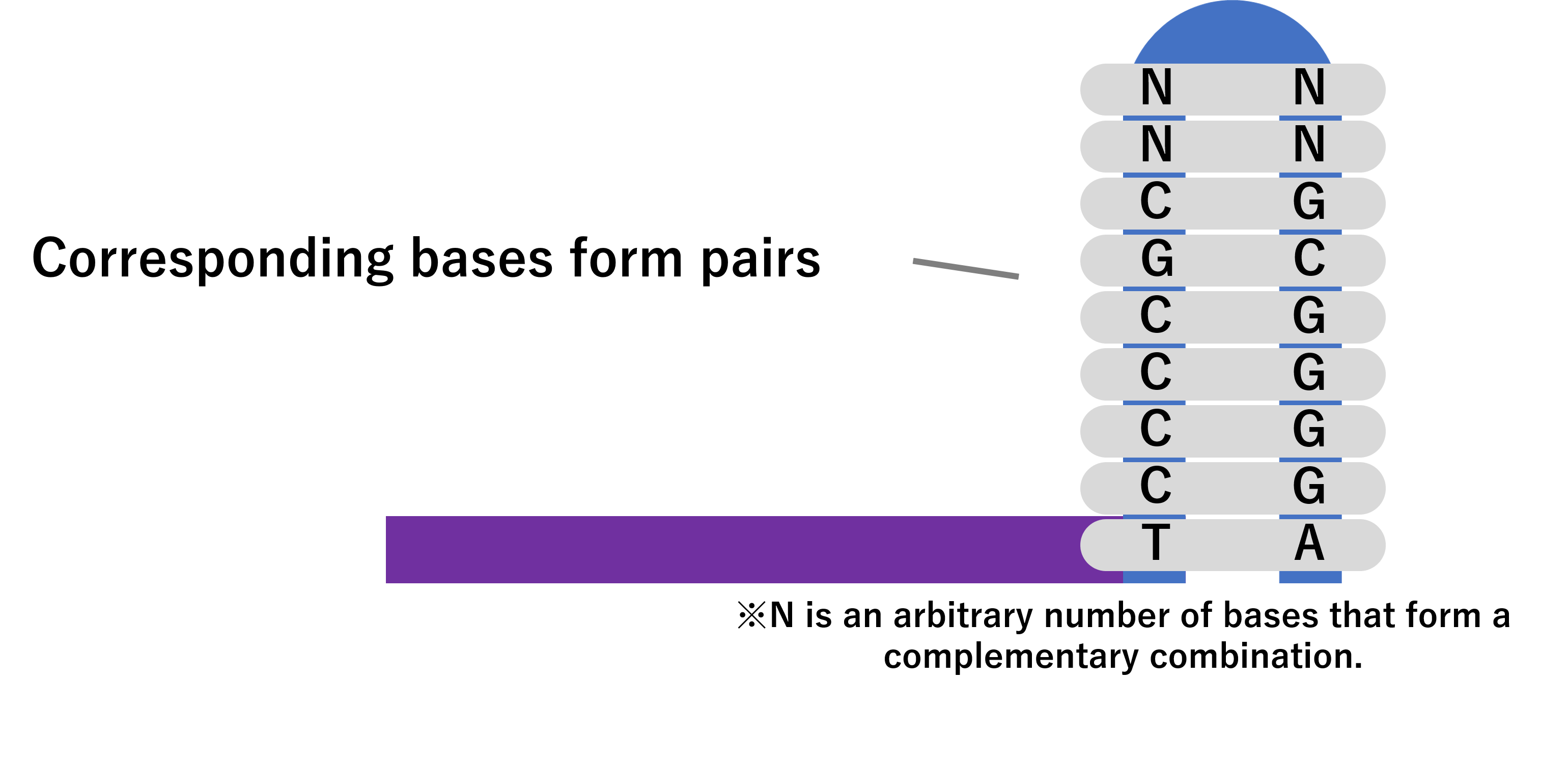The Cutting Edge of CRISPR/Cas
Have you heard the term "CRISPR/Cas9" a lot lately? CRISPR/Cas9 is a revolutionary technology that won the Nobel Prize in Physiology or Medicine in 2020. Let's take a look at CRISPR/Cas, the cutting edge of genome editing.
Discovery by a Japanese researcher
In 1987, Professor Yoshizumi Ishino discovered a strange sequence of bases in the DNA genome of E. coli. There were five identical 32-base sequences with four bases in between. Moreover, each of them had a special sequence, "TCCCCGC----GCGGGGA" (- is random). Later, such sequences were discovered in other bacteria besides E. coli. It was also discovered that near these sequences, there was always a gene for making the same protein. This particular sequence and its associated gene came to be known as CRISPR/Cas. However, it was unclear what CRISPR/Cas meant.
Bacterial immune system
After studying the sequences of various bacteria, it was discovered that the spacer sequences between the special CRISPR sequences were derived from viruses that infect bacteria. This led to the hypothesis that CRISPR/Cas might be the immune system of bacteria, and research showed that once a bacterium is infected by a virus, it incorporates the spacer sequence near the part of the virus' DNA called PAM. Further research has shown that CRISPR is transcribed into RNA called crRNA. This crRNA forms a base pair with the DNA of the infected virus and induces Cas, whose role was unknown. Furthermore, it was found that this Cas cleaves the viral DNA. Cas is a nuclease (a type of DNA-cleaving enzyme)!
Toward cutting-edge genome editing technology
Further research revealed that another RNA called "tracrRNA" is necessary to induce Cas in PAM, which is the target of crRNA when it cuts viral DNA. So, how do Cas, crRNA, and tracrRNA cleave viral DNA? Look at the diagram below.
For example, using CRISPR/Cas9 of Streptococcus pyogenes as an example, Cas9, crRNA, and tracrRNA first look for the PAM mentioned earlier. Then they form base pairs with the DNA around the PAM and the DNA that was taken in during the previous infection. Only when base pairs are formed over 20 bases does Cas9 cleave the viral DNA.
Dr. Jennifer Doudna and Dr. Emmanuelle Charpentier have incorporated this into genome editing technology by replacing the DNA from the virus with the DNA at the point of cleavage.
ZFNs and TALENs, which were developed prior to CRISPR/Cas9, recognized the base sequence in the protein, whereas CRISPR/Cas9 recognizes the base sequence in the DNA, making it simple and straightforward to determine where to cut.




